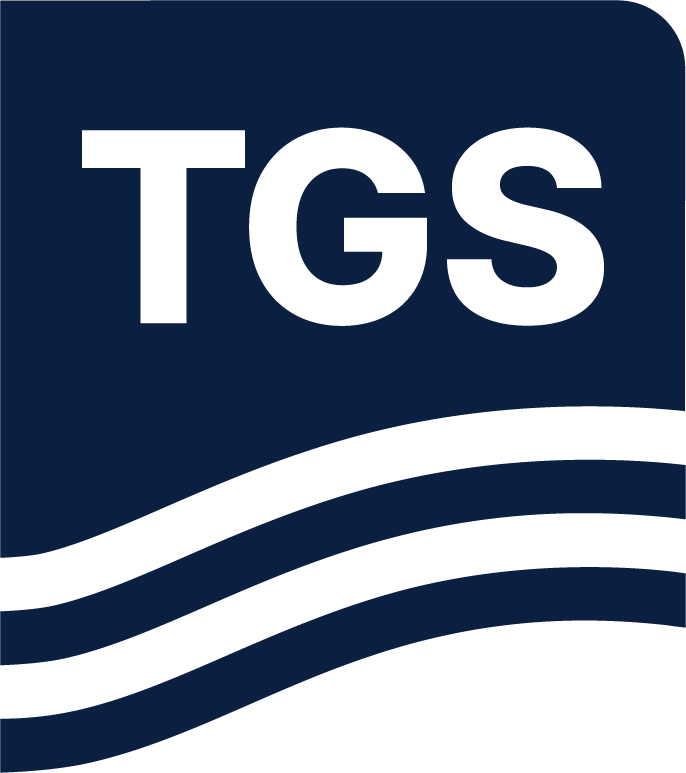In this First Break article from November 2024, S. David, F. Ten Kroode, E. Cho, M.A.H. Zuberi, G. Stock, S. Baldock (TGS), J. Mispel, H. Westerdahl, M. Thompson and Å. Sjøen Pedersen (Equinor ASA) demonstrate the added value of using the multiples in FWI, deriving a velocity model to migrate the short streamer data, and suggest ways to address limitations encountered when trying to push FWI on sparse nodal data to higher frequencies.
Introduction
The Paris Agreement aims at restraining global warming with efforts to limit the increase in temperature to 1.5°C above the pre-industrial level. Achieving these ambitious targets requires a significant reduction in greenhouse gas emissions, with Carbon Capture and Storage (CCS) emerging as a critical technology. CCS involves capturing CO₂ emissions from industrial sources, transporting it to a storage site, and injecting it into geological formations for long-term storage. For CCS to be effective and gain public and regulatory acceptance, robust monitoring technologies are essential to ensure that the captured CO₂ remains securely stored.
Subsurface monitoring plays a significant role in verifying containment and conformance. It involves tracking the movement of CO₂ within the storage formation to confirm that it stays within that formation and within the license and behaves as predicted by the reservoir model. Various techniques are available and present benefits and drawbacks (pressure and temperature, well logging, …). Monitoring strategies must be tailored to the specific characteristics of each storage site and technologies need to be adapted accordingly.
As the energy transition progresses, overlaps and conflicts between oil and gas projects, offshore windfarm developments and carbon capture and storage projects will increasingly emerge. In these future congested areas, CCS monitoring will be particularly challenging due to limited space and restricted access for deploying monitoring equipment. Potential interference from other activities will also affect the monitoring solutions (Quirk et al, 2021).
Considering these challenges and starting from technologies that are traditionally used in the oil and gas industry, we wanted to evaluate the potential of using short streamers and free-fall, self-recovering Ocean Bottom Nodes (OBNs) for CCS monitoring in an innovative and cost-effective way. To do this, a field test – financially supported by Equinor and CLIMIT – was carried out at the Sleipner CCS field in the North Sea, where CO₂ has been sequestered and monitored since 1996 (A-K Furre et al., 2016; P. Ringrose, 2018; J. Mispel et al., 2019 and R. Dehghan-Niri et al., 2022). Carbon dioxide has migrated into nine thin sand layers, which need to be imaged at a high enough resolution in order to confirm containment and conformance.

Figure 1 - Pictures showing the self-recovery device attached to the OBN. Nodes are simply thrown overboard (left) and recovered by an inflatable balloon lifting the node to the sea surface (right).
Forty-seven OBNs were deployed on a sparse 500 by 525 m grid (with densification to 100 m along one line) to derive a velocity model to migrate the high-resolution data acquired with the short streamers. Sparse node acquisition faces challenges with high-frequency FWI-based velocity updates due to limited illumination of the subsurface with reflected waves. The approach used to overcome this limitation is to include multiples in the Full Waveform Inversion (FWI), in addition to primary reflections, to constrain the velocity estimation and to provide a higher-resolution FWI-derived velocity model.
Read the full article here.

